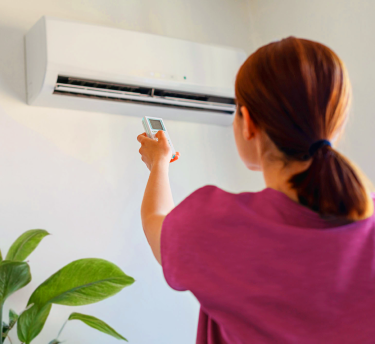Two types of antihistamines are used for allergies. They are known as first-generation and second-generation antihistamines.


How to Control Dust and Minimise Allergens Inside Your Home
There’s no place like home … for allergies! Just stepping indoors - at home, work, or school - exposes you to numerous allergens. An allergen is any substance which produces an allergic reaction. Allergies affect approximately 20% of people at some point in their lives1.
Signs and Symptoms of Allergies in Your Home
An allergic reaction is the result of your immune system going on the defensive. When it detects an allergen, it produces antibodies called Immunoglobulin E (IgE). In response, your cells release chemicals to fight the allergens, which result in your allergy symptoms.
Where Allergens Hide in Your Home1
Why am I suddenly allergic to my house?
The most common sources of indoor allergies are dust mites, fungi (mould), animal dander.1
How to control dust in your home1
House dust mites are a major source of allergies worldwide. Mite-related allergens are more commonly airborne, and inhalation of these allergens is the most common way of exposure.
Indoor mould
The common indoor mould and mildew that cause allergies thrive in dampness. You’ll find them in moist garages, basements, sheds, bathrooms, or anywhere with leaks.
How to reduce mould1
Pet dander
There are no breeds of dogs or cats that are 100% allergen-free — not even the hairless ones. That’s because you don’t react to fur, but to allergens in saliva, dander (skin flakes), or urine.3
How to manage pet dander1
Allergy-Proof Your Home
It’s nearly impossible to completely avoid allergens in your home. But there are ways to reduce them. Mostly, these strategies aim to keep the air as clean as possible. You can do this by:1
Managing the Symptoms of Allergens at Home
If you’re looking for short term relief from allergy symptoms, find out which Telfast product may be right for you.
Related articles